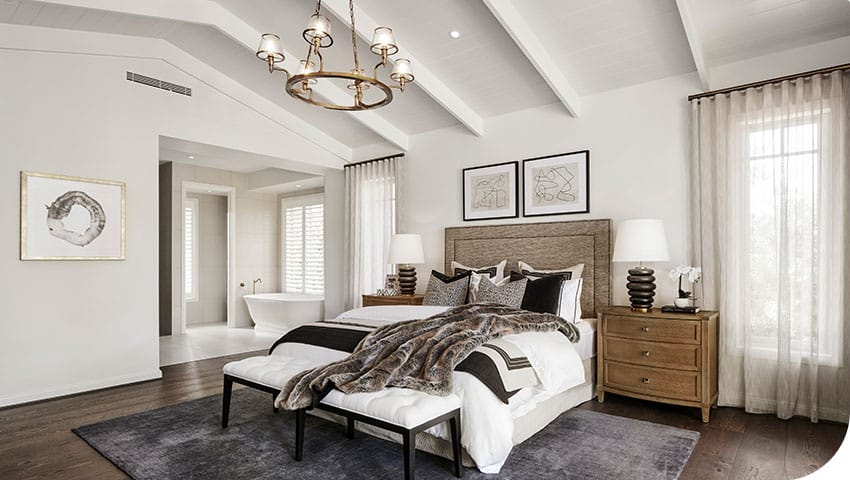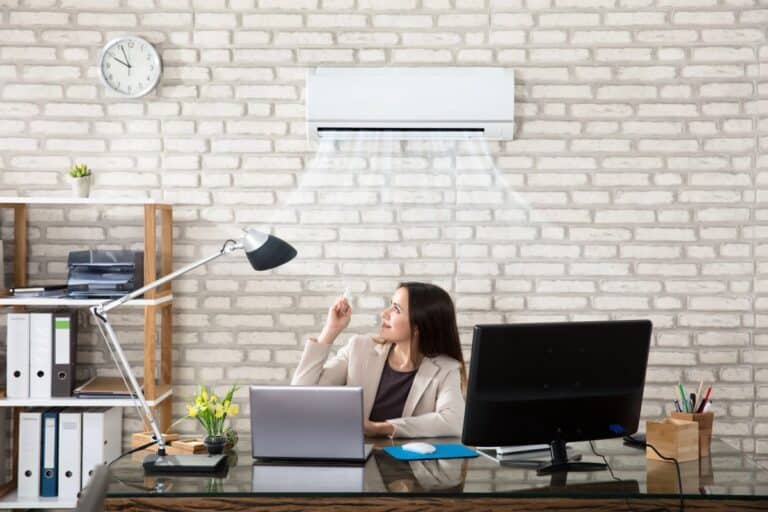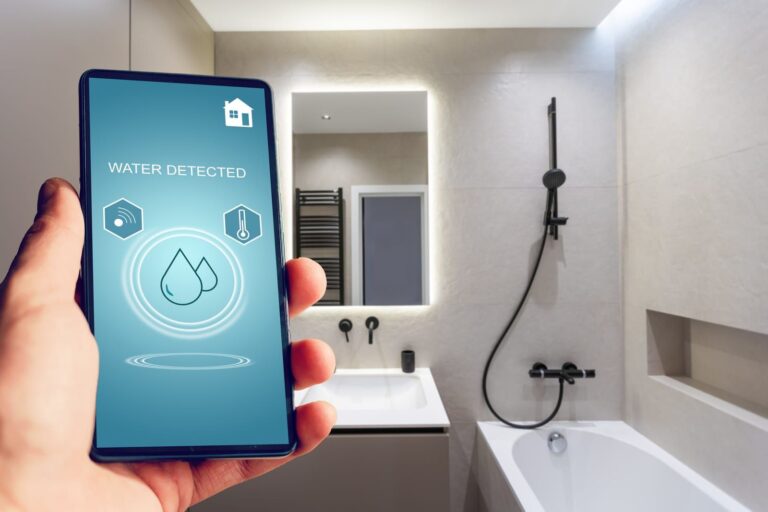Understanding Energy Use in Ducted Air Conditioning
How Ducted Air Conditioning Works in Australian Climates
Ducted air conditioning delivers cooled or heated air through a network of ducts concealed in the ceiling or under the floor. In Australia’s varied climate, from the humid summers of Brisbane to the dry heat of Adelaide and the cooler winters of Melbourne, these systems provide consistent comfort year-round.
However, because they can service the entire home at once, ducted units often consume more energy than smaller split systems, making efficiency a top priority for homeowners.
Common Causes of High Energy Consumption
Many households experience unnecessarily high running costs due to factors such as poor insulation, unsealed ducts, inefficient system sizing, and overuse during extreme weather. Without proper maintenance and mindful operation, energy use can climb rapidly, particularly during summer heatwaves or winter cold snaps.
The Benefits of Running Your System Efficiently
Improving the efficiency of your ducted air conditioner not only reduces electricity bills but also helps extend the lifespan of the system and lowers your household’s environmental footprint. A well-optimised system can maintain comfort while using significantly less power.
Choosing the Right Ducted Air Conditioning System
Energy Ratings and What They Mean in Australia
In Australia, ducted systems come with an Energy Star Rating label that indicates their efficiency for cooling and heating. The more stars, the more efficient the unit. While higher-rated models can cost more upfront, they often pay for themselves in long-term savings.
Matching System Size to Your Home’s Needs
An undersized system will struggle to maintain comfortable temperatures, while an oversized system will cycle on and off too frequently, wasting energy. A professional HVAC technician can perform a heat load assessment to ensure the system is perfectly matched to your home’s size and layout.
Considering Zoned Ducted Air Conditioning for Efficiency
Zoning allows you to heat or cool only the areas you’re using, instead of the entire house. This feature is particularly effective in larger Australian homes, where unused rooms don’t need to be climate-controlled all the time.
Smart Thermostat and Control Settings
Optimal Temperature Settings for Australian Summers and Winters
For maximum efficiency, set your thermostat to around 24–25°C in summer and 18–20°C in winter. Every degree lower in summer or higher in winter can add up to 10% to your energy consumption.
Using Programmable Timers to Reduce Wasted Energy
Timers ensure your system isn’t running when no one’s home. You can program the unit to start cooling or heating just before you arrive, maintaining comfort without unnecessary energy use.
Benefits of Smart Home Integration for Air Conditioning
Smart thermostats and home automation systems allow you to monitor and adjust your ducted air conditioning from your phone. Some can even learn your usage patterns and optimise operation automatically for efficiency.
Regular Maintenance for Peak Efficiency
Cleaning and Replacing Air Filters on Schedule
Dirty filters restrict airflow, making your system work harder and consume more power. In most Australian homes, filters should be cleaned or replaced every 3–6 months.
Inspecting and Sealing Ductwork to Prevent Leaks
Leaky ducts can waste up to 30% of cooled or heated air. A licensed technician can test for leaks and ensure all duct joints are properly sealed to prevent energy loss.
Scheduling Professional Servicing Before Peak Seasons
It’s wise to book a professional service in spring and autumn, before the extreme heat or cold sets in. This ensures your system is running at its best when you need it most.

Improving Home Insulation and Airflow
Sealing Gaps Around Doors and Windows
Even the most efficient air conditioner will struggle if your home leaks conditioned air. Sealing gaps with weather stripping or caulking can dramatically improve temperature control.
Adding Roof and Wall Insulation for Temperature Stability
Good insulation reduces the workload on your ducted system by helping maintain indoor temperatures. In Australia, roof insulation is especially critical for combating summer heat.
Using Ceiling Fans to Distribute Cooled or Heated Air
Ceiling fans don’t actually change the temperature, but they circulate the air, making rooms feel cooler in summer and helping spread warm air in winter. This allows you to raise or lower the thermostat without sacrificing comfort.
Reducing Energy Use Through Smart Operation
Cooling or Heating Only Occupied Zones
If your system has zoning capabilities, keep unused areas switched off. This can significantly reduce your running costs, especially in large or multi-storey homes.
Closing Curtains and Blinds During Extreme Weather
Blocking out direct sunlight in summer and retaining heat in winter can ease the strain on your system, allowing it to run more efficiently.
Avoiding Constant On/Off Cycling of the System
Frequent short cycles use more power than running the system steadily. Aim for moderate, consistent operation rather than switching it on and off repeatedly.
Energy-Saving Upgrades for Ducted Systems
Installing Variable Speed Compressors and Fans
Variable speed technology allows your system to run at lower speeds when full power isn’t needed, greatly reducing energy consumption while maintaining comfort.
Upgrading to More Efficient Ducting Materials
Older ducting can degrade, reducing efficiency. Modern insulated ducting retains conditioned air better and prevents energy loss.
Leveraging Renewable Energy to Power Your System
Pairing ducted air conditioning with a solar power system can offset electricity costs and make your climate control far more sustainable in the long term.
Cost and Environmental Benefits of Efficiency
Lower Electricity Bills for Australian Households
Even small changes in operation and maintenance can lead to noticeable reductions in energy costs, especially during peak cooling or heating seasons.
Extending the Lifespan of Your Ducted Air Conditioning
Running your system efficiently reduces wear and tear, helping avoid costly breakdowns and prolonging the life of expensive components.
Reducing Your Carbon Footprint Through Smarter Use
Energy efficiency isn’t just about saving money, it’s also about reducing greenhouse gas emissions and supporting Australia’s sustainability goals.
Taking Action for a More Efficient Home
Working with Licensed Australian HVAC Technicians
Professional assessment and servicing ensure your system runs as efficiently as possible, providing ongoing savings and comfort.
Developing a Seasonal Efficiency Plan
Adjust your usage habits, maintenance schedule, and insulation strategies according to the season to maximise year-round performance.
Tracking Your Energy Use Over Time
Monitor your electricity bills and, if possible, use smart meters or monitoring apps to see how changes in your system use affect consumption.
Final Word
Ducted air conditioning is one of the most comfortable and versatile climate control solutions for Australian homes, but without efficient use, it can be costly. By combining the right system choice, smart operation, regular maintenance, and home efficiency improvements, you can enjoy year-round comfort while keeping your energy bills under control.




